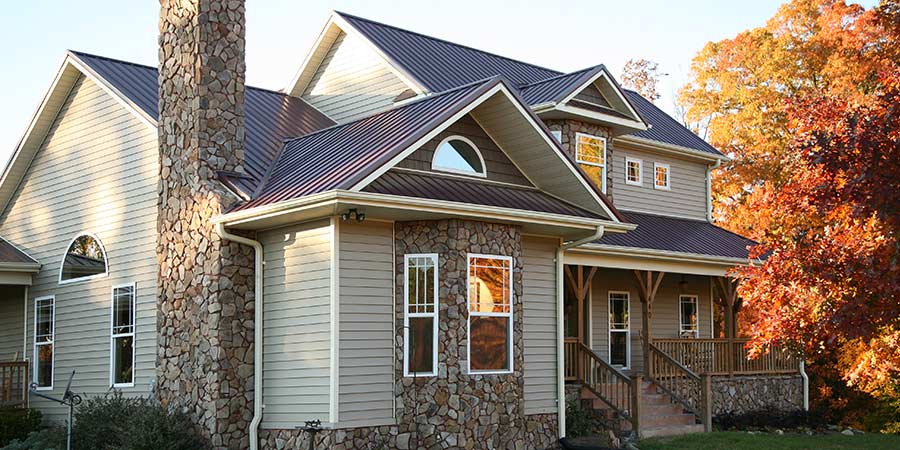
Metal roofs are becoming increasingly popular due to their longer lifecycles, superior protection and lower maintenance costs than traditional shingle roofs. In addition, unvented assemblies and insulated roof decks are becoming more common, as builders seek to improve energy efficiency. A key challenge for architects is to ensure the right roofing underlayment is specified for each job.
Roof underlayments provide an added level of security that the building will stay watertight. Ensuring the thermal stability of the roof is equally important. Typical roofing underlayments should perform under normal rooftop conditions, but there are some situations where the roofing underlayment should meet a higher in-service temperature, such as:
- Darker colored roofs
- Roofs in climates like the southeast US where there’s longer sun exposure
- Roofs in high altitude regions where the UV rays are stronger
The configuration of the roof assembly and the placement of insulation in the assembly will also play a factor in determining the in-service temperature. For example, if the building has a vented roof with insulation directly on top of the ceiling, air can come into the structure at the eaves and vent out at the ridge of the roof. This air flow helps the underlayment to remain cooler due to intake and exhaust of air.
However, contractors are increasingly using unvented assemblies with insulation that is directly in contact with the roof deck. This creates a high amount of stress on the roofing underlayment because the heat essentially has nowhere to go. This drives up the surface temperature of the roof.
If the roof becomes too hot, the adhesive used in the self-adhered roofing underlayment may soften. This can result in sticky adhesive dripping onto the exterior of the building or finding its way into gaps in the roof sheathing or plywood and getting into the building itself.
In most cases where there is a vented roofing assembly, a standard roofing underlayment will have the sufficient heat resistance to prevent this. However, if the roofing design is likely to result in a more extreme in-service temperature, it’s safer to switch to a roofing underlayment designed for high temperature. In these cases, the roofing adhesive has been modified to perform in high heat, without softening. These high temperature (HT) products are generally designed to perform up to 240° F. There are also certain situations, (such as with copper or zinc roofs with unvented roof assemblies), that call for roofing underlayments with butyl adhesive, which are designed to perform up to 300°F.
Before selecting a roofing underlayment, check into tools like WUFI® hygrothermal modeling to help assess the likely in-service roof temperature. In addition, look into the temperature performance window of the various underlayment products. This will help protect the roofing assembly and ensure it performs well for the long run.
Learn about GRACE ICE & WATER SHIELD®
Tags
- Building Envelope Solutions
- GRACE ICE & WATER SHIELD
- Roof Protection